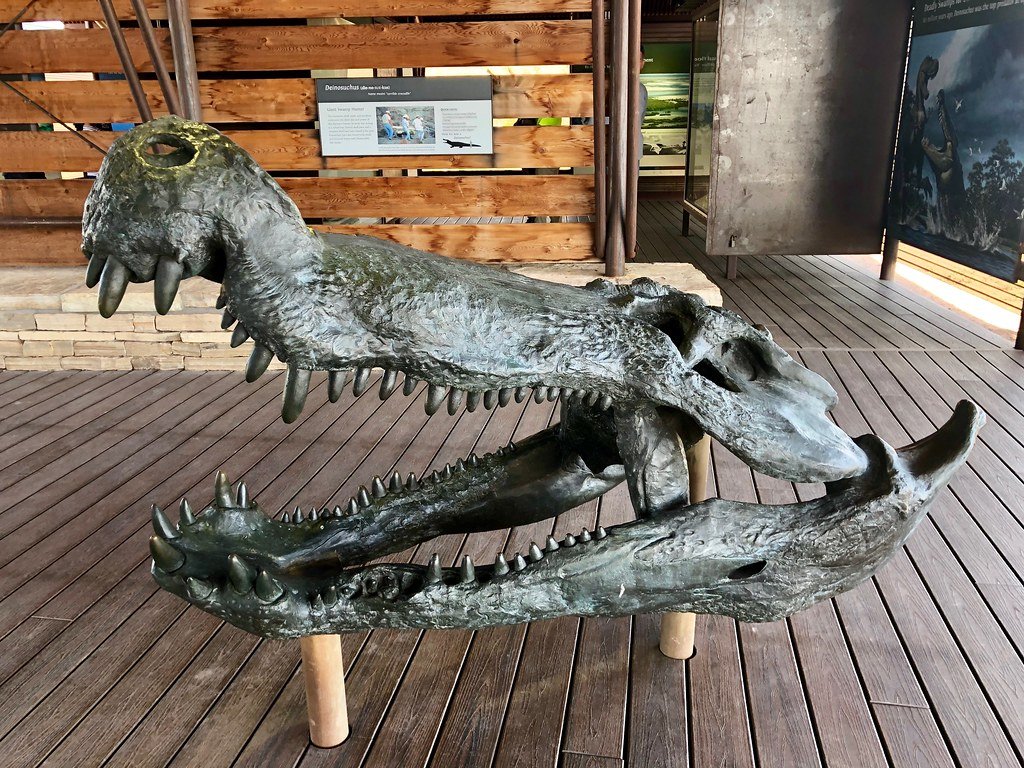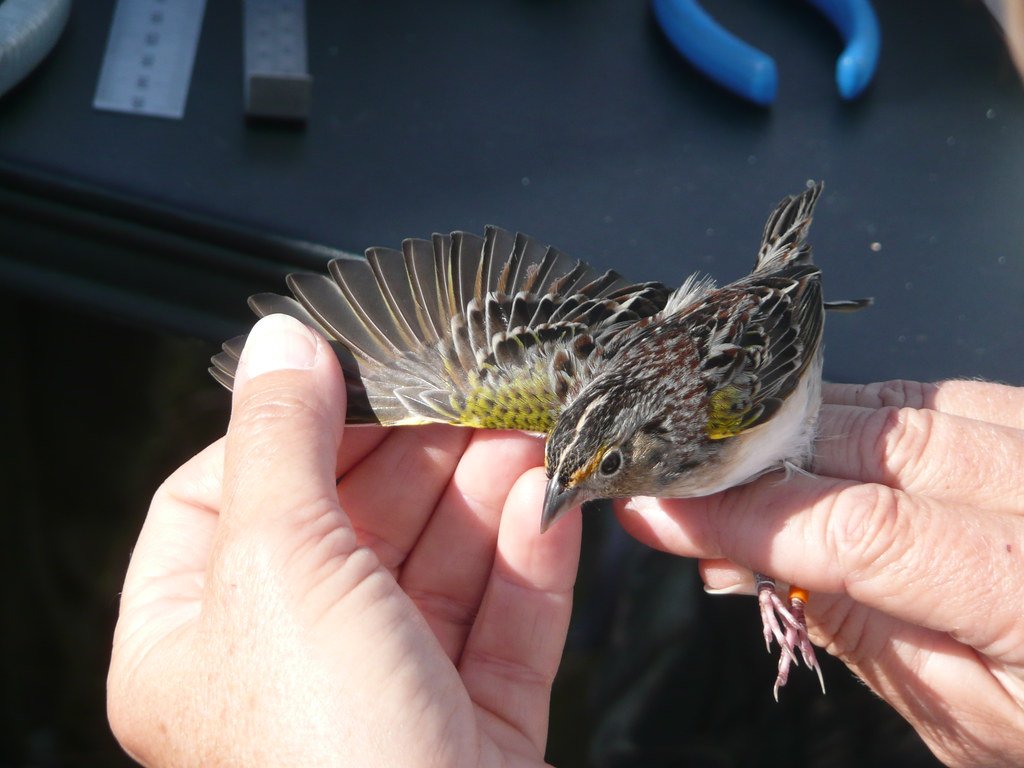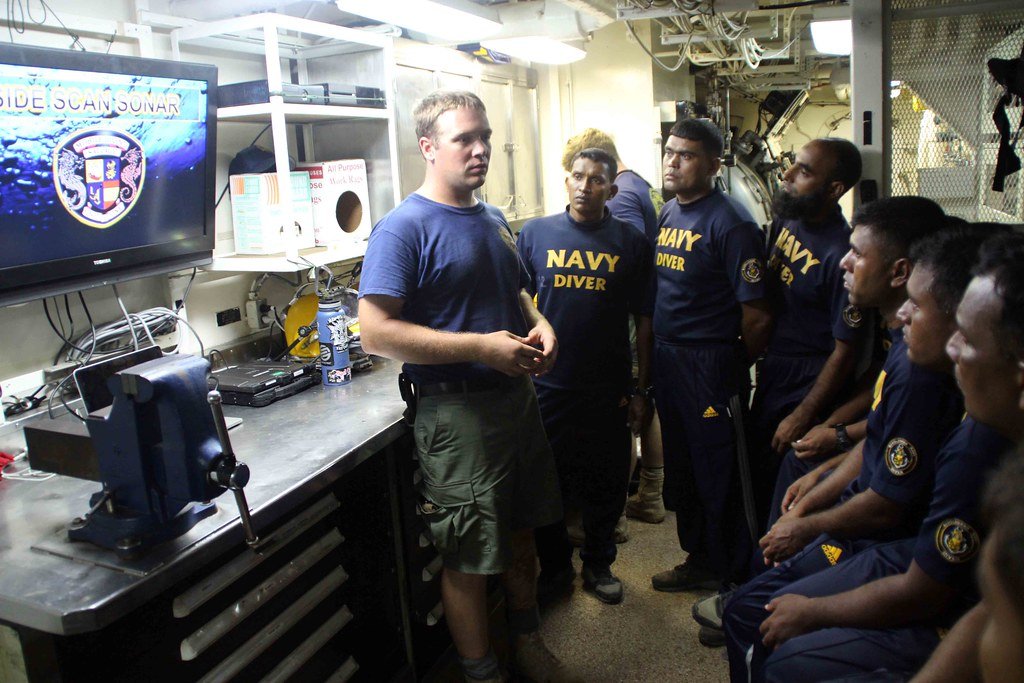Imagine a world where a monstrous beast lurked in ancient rivers, waiting in silence for the perfect moment to ambush giants. This was no ordinary predator—this was Deinosuchus, a crocodilian so formidable it dared to hunt dinosaurs. Its name alone, meaning “terrible crocodile,” sends shivers down the spine, conjuring images of a primeval terror that once dominated the waterways of North America. The story of Deinosuchus is one of power, survival, and an unexpected twist in the tale of prehistoric life that continues to captivate scientists and adventurers alike.
A Giant Among Crocodilians
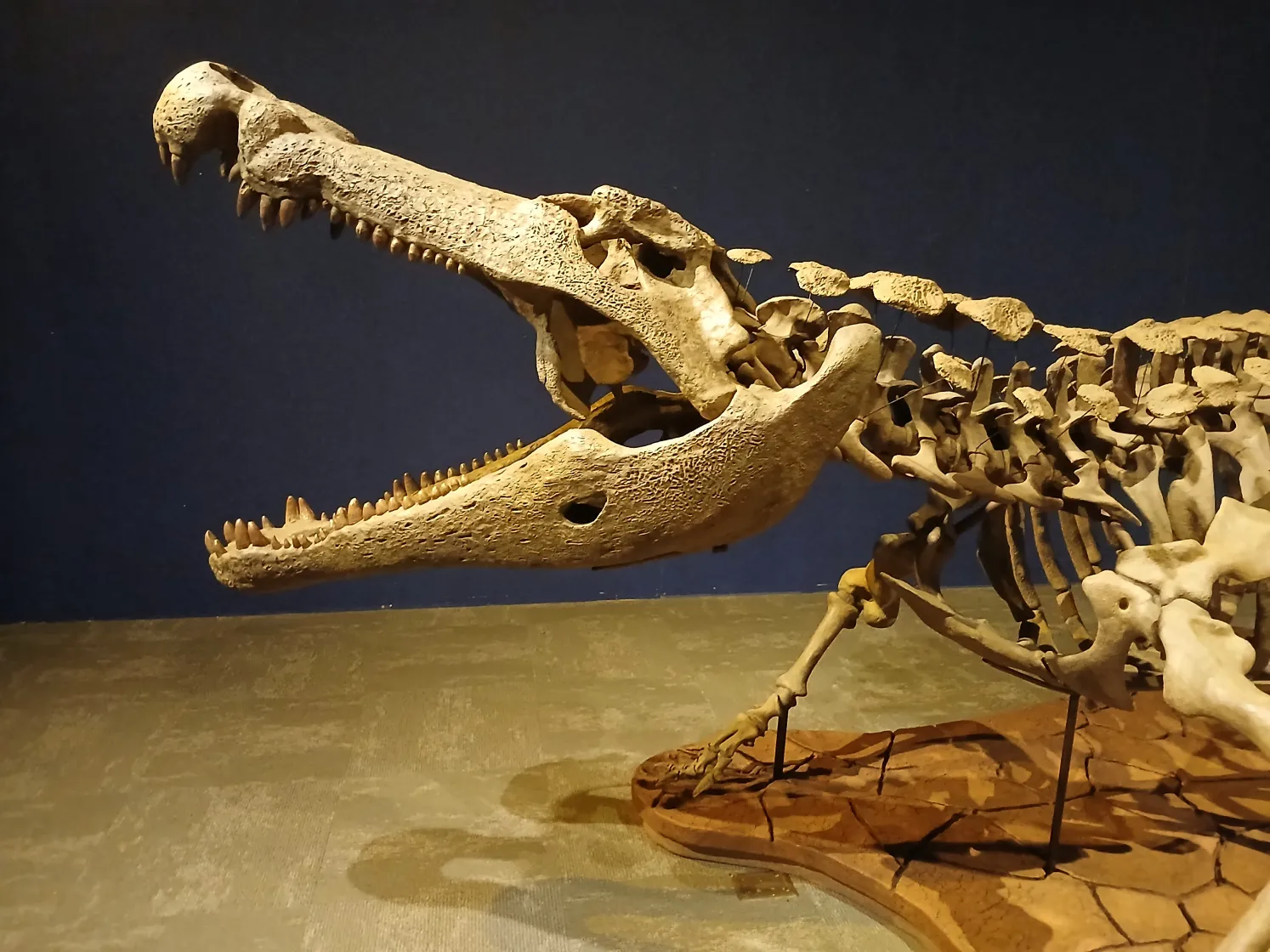
Deinosuchus was not just another ancient reptile—it was a true titan. Measuring up to 35 feet in length, this creature dwarfed modern crocodiles and alligators, outgrowing even the fearsome saltwater crocodile of today. Paleontologists estimate that Deinosuchus weighed as much as eight or nine tons, making it as heavy as a small truck. Its sheer size was astonishing, allowing it to compete with some of the largest predators of its time. Fossil evidence reveals robust bones and a broad, muscular body built for both brute force and stealth. This colossal form allowed Deinosuchus to dominate its environment, striking fear into any creature that ventured too close to the water’s edge.
Unraveling Its Ancient Origins

The story of Deinosuchus begins more than 80 million years ago during the Late Cretaceous period. This was a time when dinosaurs reigned supreme, but the rivers and coastal swamps told a different story. Fossils of Deinosuchus have been unearthed from Montana to Texas, painting a picture of a wide-ranging apex predator. Its lineage stretches back to the earliest crocodilians, but Deinosuchus evolved a unique set of adaptations that set it apart. Its skull, for instance, was not only enormous but also reinforced to withstand the tremendous bite forces required to subdue prey much larger than itself. These ancient roots connect Deinosuchus to a family tree that has weathered mass extinctions and persisted for millions of years.
The Anatomy of a Killer
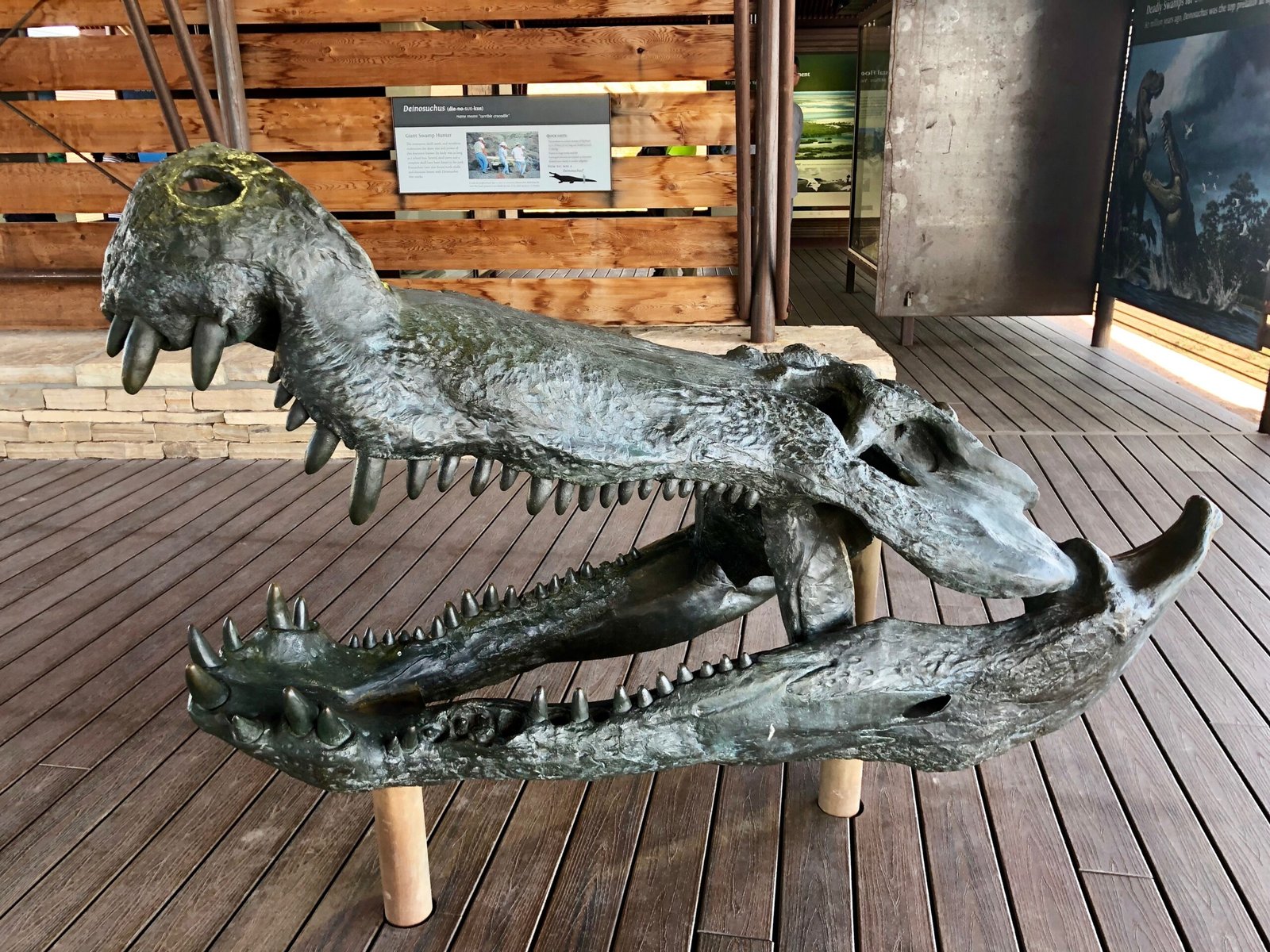
Deinosuchus was a master of predation, equipped with a jaw built for destruction. Its skull alone was over six feet long, bristling with conical teeth designed to crush bone and pierce thick hides. Unlike the slender snouts of some modern crocodilians, Deinosuchus had a broad, heavy head, indicating a preference for large, struggling victims. Its body was covered in bony armor called osteoderms, providing protection from retaliating prey or rival predators. The powerful tail, nearly as long as its body, acted as both a propeller in water and a weapon in combat. Every feature of Deinosuchus spoke of raw power, perfectly suited for ambush and overwhelming force.
A Predator That Hunted Dinosaurs
What sets Deinosuchus apart from other ancient crocodilians is its diet—fossil evidence suggests it actively preyed upon dinosaurs. Bite marks found on the fossilized bones of hadrosaurs, the duck-billed dinosaurs, match the teeth of Deinosuchus. These marks reveal brutal encounters at the water’s edge, where the crocodilian’s explosive ambush tactics could drag even large dinosaurs into the depths. Scientists believe Deinosuchus waited silently beneath the surface, its eyes and nostrils just above water, before lunging upward with terrifying speed. In a single, bone-crushing snap, it could seize prey as large as itself, rewriting the rules of prehistoric predation.
Life in the Late Cretaceous
The world of Deinosuchus was a vibrant, dangerous place. Swamps and rivers teemed with life—dinosaurs roamed the land while giant turtles, fish, and other reptiles shared the waterways. Deinosuchus ruled these environments, competing with sharks, marine reptiles, and even other crocodilians for food. Its presence shaped the behavior of local fauna, as herbivorous dinosaurs likely avoided drinking or crossing rivers where Deinosuchus lurked. These ancient ecosystems were dynamic and interconnected, with Deinosuchus sitting at the very top of its food chain.
Growth and Longevity

Deinosuchus was not born a giant—it grew slowly and steadily over decades. Studies of its fossilized bones show growth rings, much like those found in trees, revealing a long lifespan that may have exceeded 50 years. This slow maturation allowed Deinosuchus to accumulate the bulk and strength needed for its predatory lifestyle. Juvenile Deinosuchus likely fed on fish and smaller prey, gradually working their way up the food chain as they grew. This remarkable longevity and growth strategy contributed to its success in an ever-changing world.
Striking Adaptations for Survival
Survival in the Cretaceous was no easy feat, but Deinosuchus was equipped with a remarkable toolkit. Its armored hide protected it from attacks by other large predators, while its acute senses made it a master of stealth. The placement of its eyes and nostrils allowed it to breathe and watch for prey while remaining nearly invisible in the water. Its powerful limbs and tail enabled both sudden bursts of speed and patient stillness, essential traits for an ambush predator. These evolutionary advantages helped Deinosuchus thrive for millions of years, outlasting many of its contemporaries.
The Mystery of Its Extinction
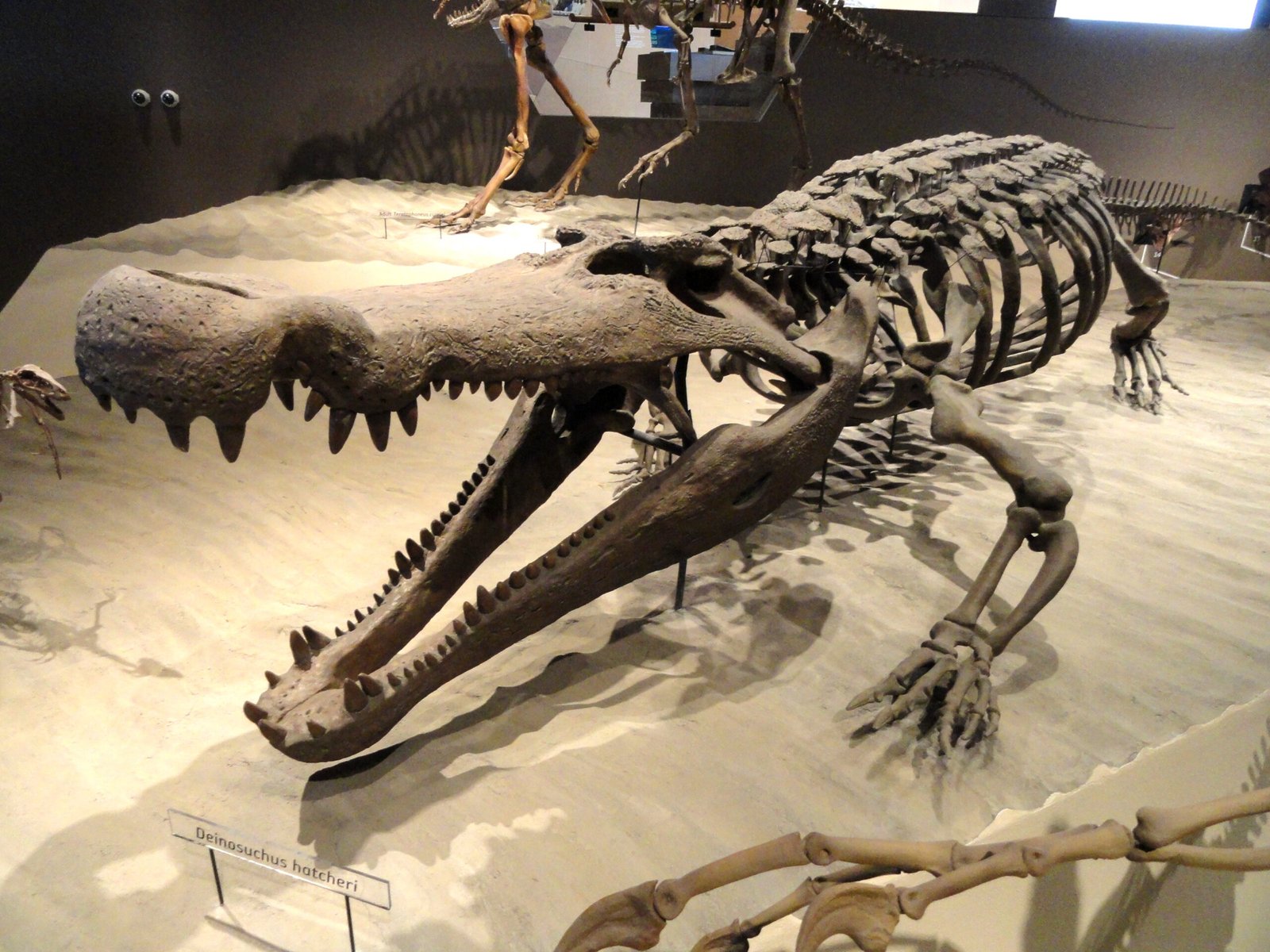
Despite its dominance, Deinosuchus eventually vanished from the fossil record. The reasons for its extinction remain a subject of fascination and debate among scientists. Some theories suggest that changes in climate and sea levels disrupted its habitat, while others point to competition from emerging crocodilian species or shifts in the populations of its dinosaurian prey. Whatever the cause, the disappearance of Deinosuchus marked the end of an era. Its legacy, however, endures in the bones it left behind and the awe it inspires in those who study its world.
Fossil Finds and Scientific Revelations
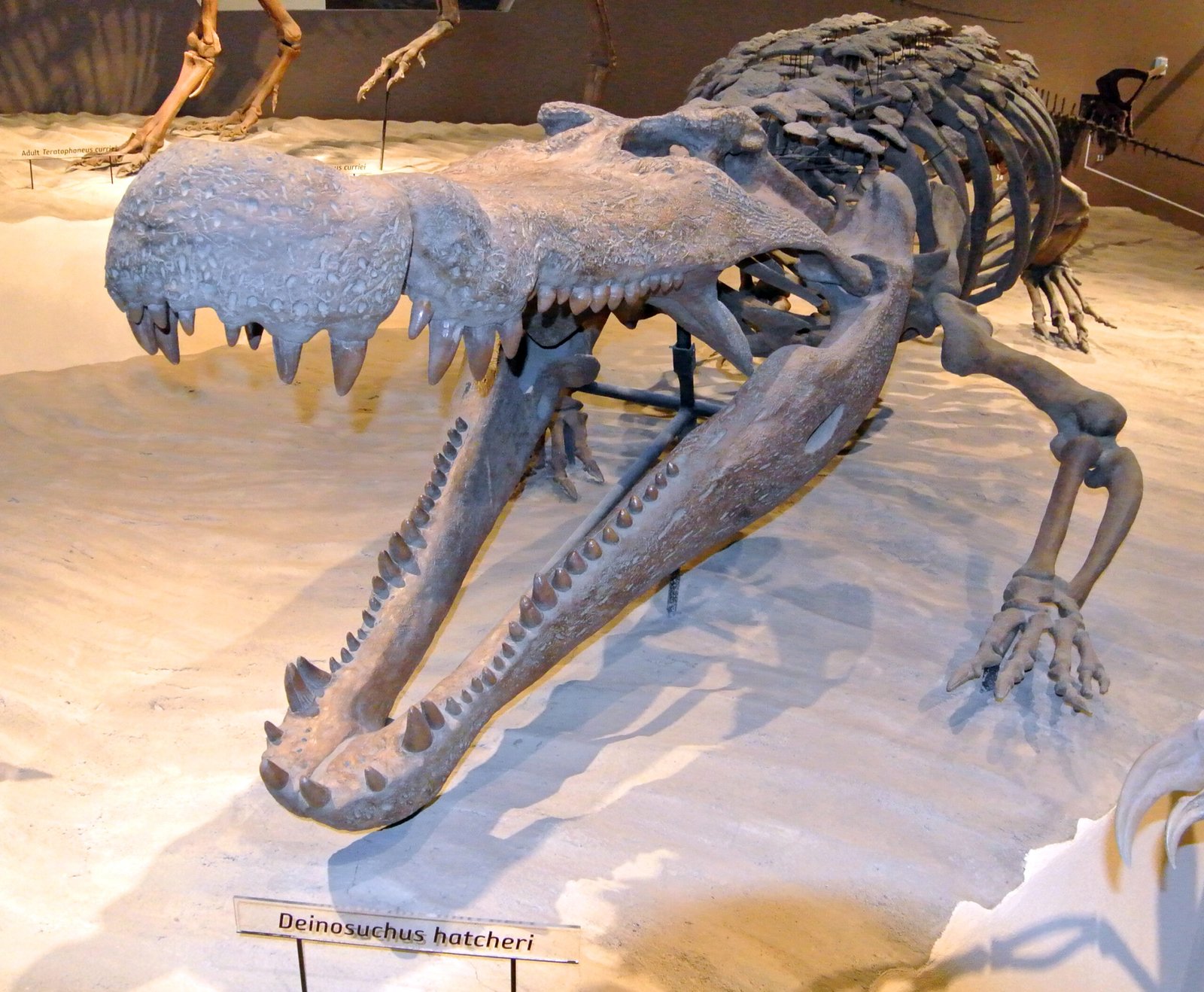
Unearthing Deinosuchus fossils is like discovering a piece of a lost world. The first fragments were found in the early 20th century, sparking decades of debate and discovery. Since then, paleontologists have uncovered partial skulls, vertebrae, and teeth across the United States, each find adding new details to the puzzle of Deinosuchus’s life. Recent advances in technology, like CT scanning and 3D modeling, have allowed scientists to reconstruct its anatomy and behavior with unprecedented accuracy. These discoveries continue to reshape our understanding of this “terrible crocodile” and its extraordinary place in history.
A Legacy Carved in Stone
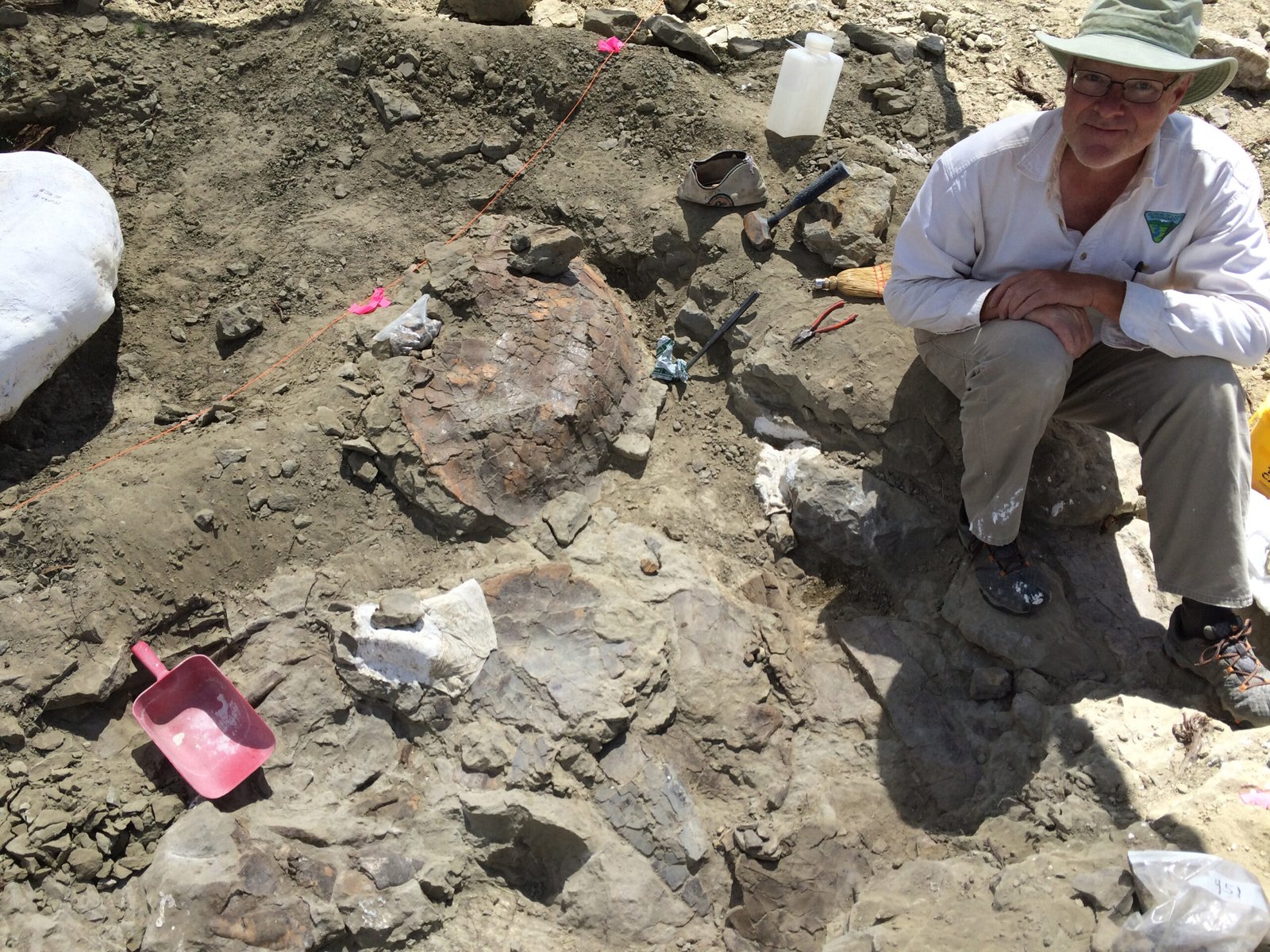
The legend of Deinosuchus persists not just in fossils, but in the imagination of all who hear its story. Its reign reminds us that prehistoric life was full of surprises—sometimes, it was not the dinosaurs, but the creatures lurking in the shadows, that ruled the land. Deinosuchus stands as a symbol of power, resilience, and the untamed spirit of the ancient world. Its story challenges us to look closer at the hidden giants of our planet’s past and to wonder what other secrets lie buried, waiting to be revealed.

